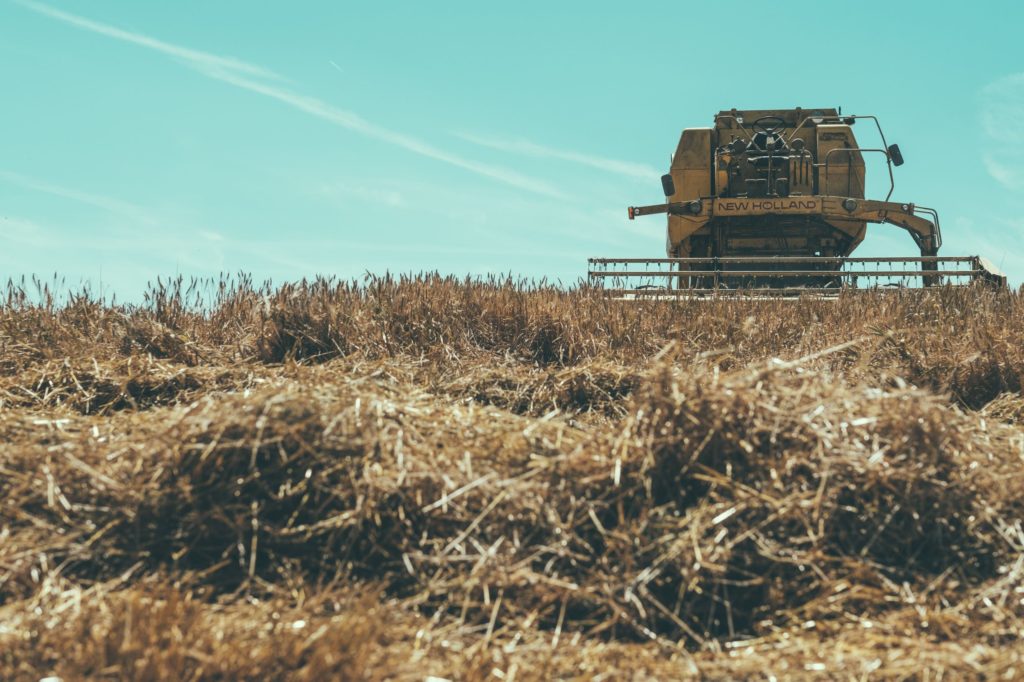When taking an income from your pension pot, you will start with two choices.
Do you want to hand over your money to an insurance company and they will pay you an income for the rest of your life? Or do you want to keep a pot of money from which you decide how much you want to take?
We call these options “Annuity” and “Drawdown.” Both offer the ability to take a tax-free lump sum of 25% of your pension. Where they differ is who has the responsibility for paying an income and who keeps the money once you have died.
With an annuity, you hand over all or some of your pension pot to an insurance company.
In return, they pay you an income for a set period or the rest of your life. They base the rate of income they pay you on a range of factors. These include your age and your health. They also include whether the income will increase over time and what happens to the income when you die.
With drawdown, you keep the money and are responsible for making it last.
You decide how much income to take. If you take too much and run out of money early that is down to you.
Because you have this responsibility you do not give your money away. This means that if you were to die it is the pot which can pass down to your loved ones. With an annuity, the income may stop when you die, when your spouse dies or shortly after that. It all depends on what options you have selected.
But how much income should you take if you choose the drawdown route? We will explore this in a future post.
The video below gives some further information about the options. It also includes the third option which is to take all the money out in one go. We would only consider this with smaller posts where the tax penalties are less significant.





